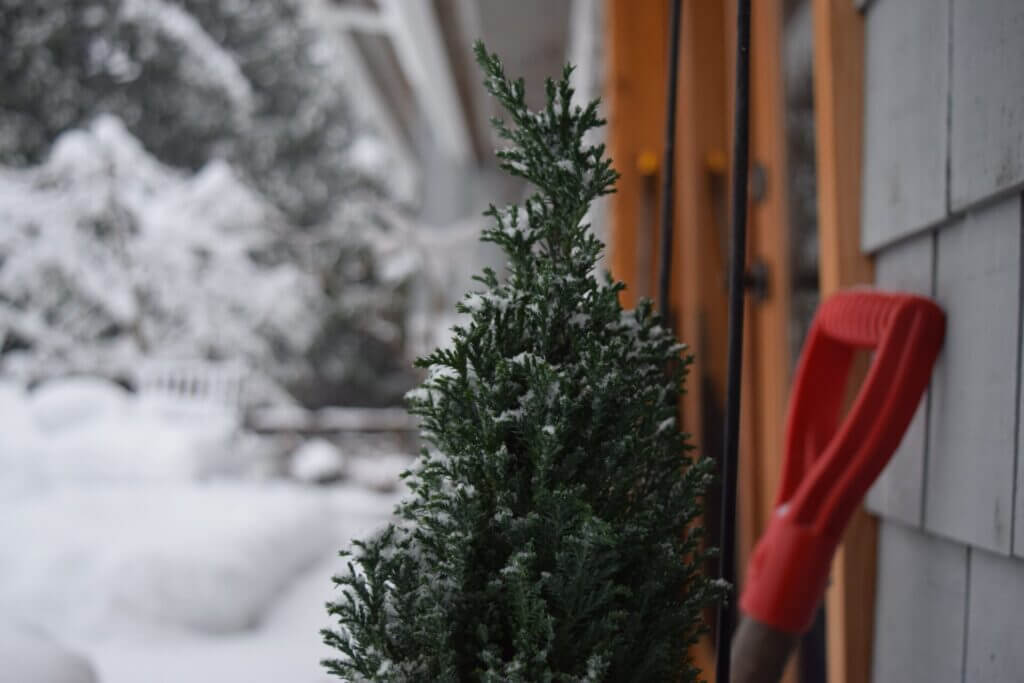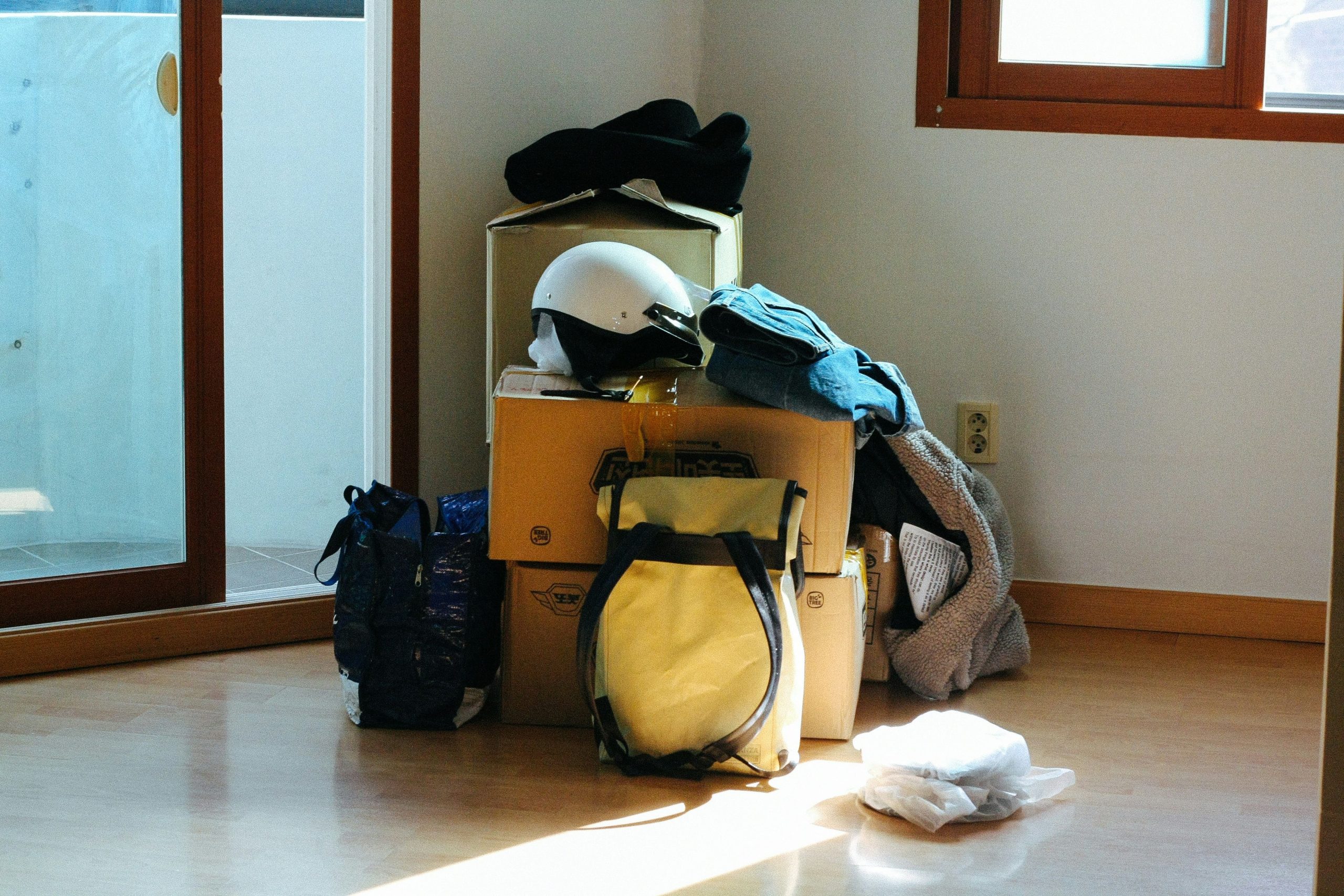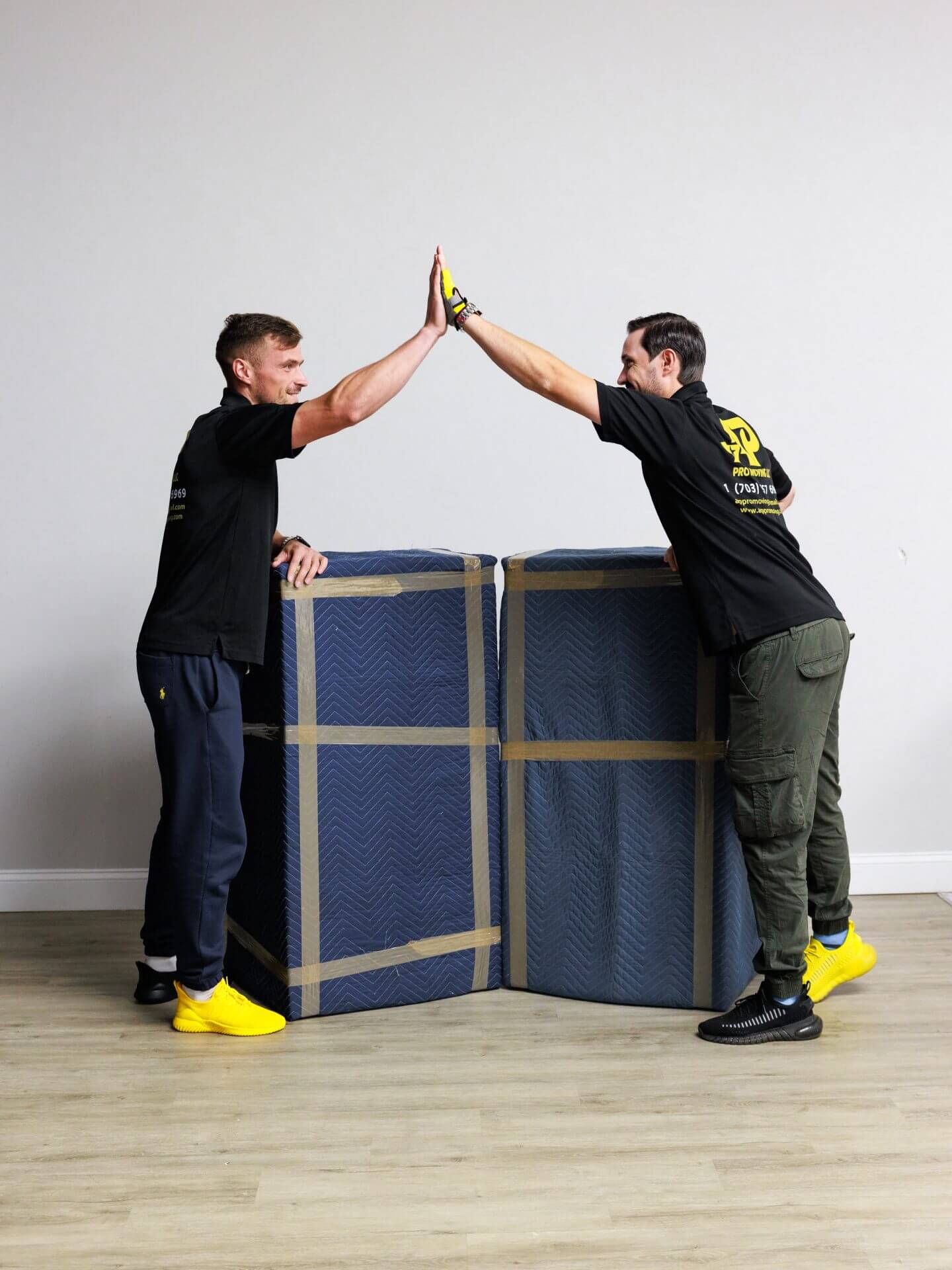Moving can be challenging, and moving in the winter might be adding something extra to the mix. During winter, cold and fewer daylight hours are factors that can affect our move, but you should worry not. Indeed, we assure that relocating during winter is not impossible to do with a bit of preparation.
Moreover, with the right strategies, you will be able to successfully navigate a winter move like a professional. Get ready, check the weather forecast in advance and follow these expert and helpful winter moving tips to assure your relocation process goes as smoothly as possible.
BOTÓN: MOVING SOON? RELOCATE WITH US
Navigating the Cold: Expert Advice for Moving in the Winter
Even if moving in the winter may seem as a daunting task, don’t let the cold and the changing climate discourage you just yet. It might be intimidating, but we assure you that with a bit of preparation and planning, you will be able to tackle your relocation process without getting overwhelmed.
With the right approach, predisposition, and AP Pro Moving’s 10 tips for successfully moving in winter, your relocation process will be easier, and you will be able to tackle the challenges that come with a winter move in no time. We suggest you grab a cup of hot cocoa and read on to find all about the best moving winter tips.
- Prepare for the weather change
- Keep checking the weather forecast
- Begin packing as early as possible
- Prepare your house for the move
- Keep in touch with your moving company
- Protect your items from temperature changes
- Check utilities in your new place
- Take breaks and keep yourself warm
- Keep cleaning supplies nearby
- Don’t rush the process and be flexible

1. PREPARE FOR THE WEATHER CHANGE
As winter rolls around, temperatures begin to drop and weather becomes unpredictable. It is for these reasons that being prepared for the weather change is crucial when facing moving in the winter. This step will also help you go through your moving process in a more seamless way and avoiding any unnecessary stress.
To kick-start your move with the right foot, we recommend you get your gear ready. Keep items such as warm clothing, gloves, hats, and boots, readily available. You never know when you might need them, especially if you have to spend time outside during the moving process.
2. KEEP CHECKING THE WEATHER FORECAST
From icy roads to unpredictable weather conditions, it’s important to be well-prepared for a smooth and successful move. Considering this, we believe that staying informed about any potential weather changes by tracking and checking the weather forecast days, or even weeks before your move out day, is crucial.
Staying well-informed about any potential weather changes, will give you ample time to make any necessary adjustments or preparations. Also, you will be able to call or get in touch with your moving company in case there are reschedules to be made. Check official sites for reliable information about the weather conditions, such as the National Weather Service page from the National Oceanic and Atmospheric Administration.
3. BEGIN PACKING AS EARLY AS POSSIBLE
Being prepared is key, and so to begin packing for your winter move as early as possible might be a great idea. Start by compiling a checklist of the tasks that need to get done before your move out date. Also, if possible, add deadlines for those tasks in order to keep on top of the move related priorities.
Start ahead of time, and sort through your belongings, deciding what to keep, what to sell and what to donate. After that, get ready to pack, and take advantage of any nice days. By starting early, you’ll avoid any last-minute rush, allowing you to focus on other essential tasks closer to moving day.

4. PREPARE YOUR HOUSE FOR THE MOVE
One hack that is often overlooked when thinking about moving in the winter is preparing your house for the move. This goes beyond packing your belongings to go, we mean getting into the logistics of the actual move. This will not only help protect your belongings but also ensure the safety of everyone involved.
Make sure to de-ice your home’s entrance and pathways after a snow to prevent slips or accidents during the move. Also, shovel any snow that might have accumulated in your driveway to make it easier for the movers to load your belongings into the moving truck. Remember to protect your floors by placing plastic sheets or mats near the entrance as well.
5. KEEP IN TOUCH WITH YOUR MOVING COMPANY
Since moving in the winter can be pretty challenging, we recommend hiring and keeping in touch with your moving company. Not only will the team of expert movers be able to give you advice on winter related moving concerns or how to weatherproof your belongings, but they will also be able to simplify your winter move altogether.
Moving companies are well-prepared to handle and tackle winter relocations. They know how to deal with icy roads, snowfall, and freezing temperatures, so you can experience a stress-free move. AP Pro Moving has an array of moving services to carter to your specific needs. Contact our team at info@appromoving.com if you have any doubts.
6. PROTECT YOUR ITEMS FROM TEMPERATURE CHANGES
Moving in the winter can be challenging for your belongings as much as it can be for you. With its changing weather, temperature drops, and moisture, your electronics, and other items can get damaged during the move. In order to avoid this from happening, it is crucial to take some extra steps to protect them.
Consider turning off the heat on the moving out date to minimize an abrupt change of temperature when loading items onto the moving truck. Also, protect electronics with extra sheets or blankets, and protective plastic covers to avoid them getting affected by the elements.

7. CHECK UTILITIES IN YOUR NEW PLACE
Imagine making it to your new home to find out that you are not able to hop in a hot shower or drink a hot cup of tea on a cold day. To avoid this from happening, it is crucial that you remember to call your utility companies in advance and set up the necessary services.
Ensuring your utilities are up and running in your new home before you arrive is crucial to make the whole transition a lot more seamless. Additionally, a warm home will protect your items from potential damage caused by cold temperatures, especially electronics which are sensitive to extreme conditions.
8. TAKE BREAKS AND KEEP YOURSELF WARM
During a move, it is important to take breaks to avoid stress and burnout. And, during a winter move, this becomes almost fundamental. Taking breaks for the body to recharge and stay warm is crucial to avoid getting ill or numb when the temperature drops.
Moreover, and an often overlooked aspect of winter moving is the importance of staying dry. Wet clothing can drastically reduce your body’s ability to retain heat, making you more susceptible to the cold. It’s crucial to have a change of clothes at hand, especially if it’s snowing or wet outside.
9. KEEP CLEANING SUPPLIES NEARBY
Winter moving can easily become a little messy. If there is snow outside and people are going in and out your house, it is probable that by the end of the day your floors are damp and covered in mud. One tip to help you handle these winter move hiccups is to keep cleaning supplies nearby at all times.
Place an absorbent dormant at the entrance, to avoid slush and mud getting into your home as much as possible. Also, keep other supplies like paper towels, a mop, trash bags at hand to handle any potential mess easily and efficiently. Additionally, consider covering your floors with plastic sheets for added protection.
10. DON’T RUSH THE PROCESS AND BE FLEXIBLE
Even if you want your relocation to be a done deal, you shouldn’t rush the process and consider being flexible. Winter moves can present some weather-related bumps along the road, but safety should always be made a priority. It is better to get delayed, than to get injured.
Winter weather can be unpredictable, and it’s possible that your plans need to change last minute. Keep in mind that open communication with your moving company will be crucial at this time, and that it can also help to set a substitute moving out date. Also, consider looking for alternative routes to your new home in case some roads are closed due to snow.

Understanding the Challenges of Winter Moving
Moving in the winter can come with its unique set of challenges, that differ from other season’s moving endeavors. Still, snowy roads and chilly temperatures, shouldn’t deter us from conquering a winter move. Indeed, with some extra foresight and planning, a successful winter relocation is ensured.
Plan carefully and take some time to consider any winter-related setbacks. Understanding winter challenges and being flexible is the first step to a successful winter move. Also, take time to protect yourself and your items from the cold in order to ensure all of you get to your new home in the best conditions.
AP Pro Moving’s team of professionals are ready to help you relocate seamlessly, so check out our company’s array of moving services that cater to your specific needs. Whether you’re moving locally or long distance, we are here to help. Contact our team at (703) 757-6969 to get a personalized quote today.
FAQs
IS WINTER THE BEST TIME TO MOVE?
Even if moving in the winter may seem as a daunting task, don’t let the cold and the changing climate discourage you just yet. It might be intimidating, but we assure you that with a bit of preparation and planning, you will be able to tackle your relocation process without getting overwhelmed.
WHAT ARE SOME USEFUL TIPS FOR MOVING IN THE WINTER?
Some useful tip for moving in the winter is to ensure your utilities are up and running in your new home before you arrive. A warm home will protect your items from potential damage caused by cold temperatures, especially electronics, which are sensitive to extreme conditions.
HOW DO YOU MOVE IN COLD WEATHER?
Even if you want your relocation to be a done deal, you shouldn’t rush the process and consider being flexible. Winter moves can present some weather-related bumps along the road, but safety should always be made a priority. It is better to get delayed, than to get injured.

















































